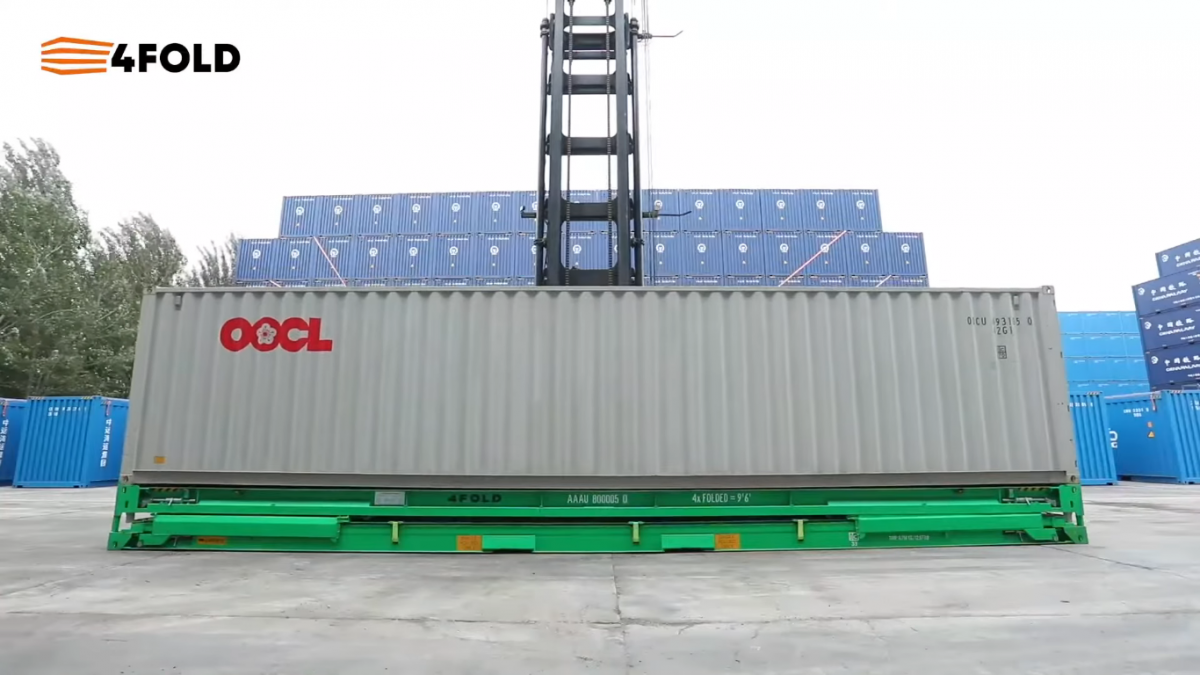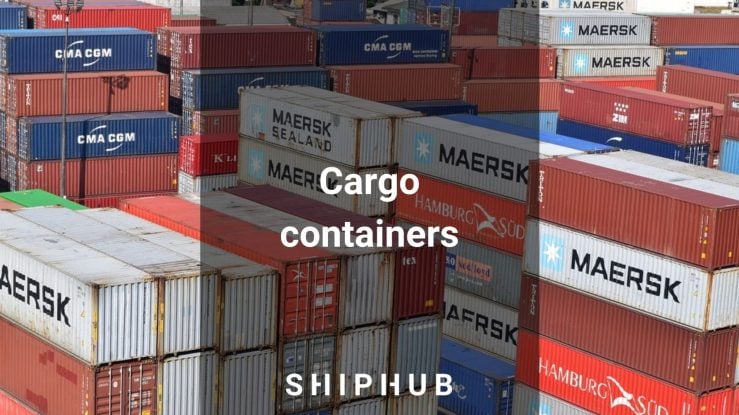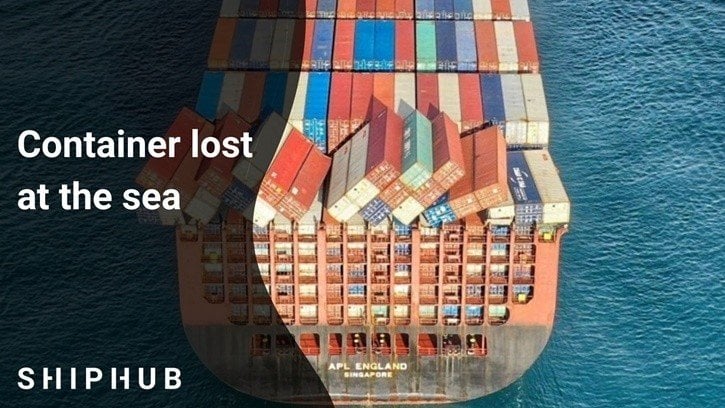Only about 33% of container ships globally arrive on time at ports. The delays make container management difficult, so congested terminals are common. Limited space in ports stimulates innovation. Thus, foldable containers were born.
About containers
Cargo containers have been in common use since the second half of the 20th century. Container standards were introduced in the 1960s by the International Maritime Organization (IMO). Establishing standards made container management more efficient.
Intermodal containers, which can be used regardless of the mode of transport, account for transporting about 85% of the world’s cargo. There are about 30-40 boxes on the market.
What if the containers are returning empty? It is a waste of valuable space on the ship and in ports. About 40% of containers in circulation are empty and often cause situations such as port congestion, resulting in container shortages and increased freight rates. The transport of empty containers is not only uneconomical but also non-ecological. The answer to all of this may be foldable containers.
Foldable containers – an alternative to traditional boxes
The solution to the problem, foldable containers, appeared in 2008. Behind it is the Dutch company Holland Container Innovations (HCI). Product development research took several years. In 2013, HCI’s 40-foot collapsible container, called 4FOLD, was approved by ISO (International Organization for Standardization) and CSC (Container Safety Convention 1972). It is, therefore, suitable for use by shipping lines and terminals.
Foldable containers save up to 75% space and costs (50-60%). One standard container takes up as much space as four foldable ones. In addition, they are more environmentally friendly. The transport of foldable containers generates 37% less carbon dioxide. Another advantage of such containers is that they are easy to assemble and transport.

HCI is not the only company that produces foldable containers. Another example is Staxxon, an American manufacturer of accordion-like foldable containers. They are ISO approved and will be commercially available in 2023. They can be folded and unfolded by two people or with Material Handling Equipment (MHE). Five Staxxon containers take up as much space as a classic container.
What are the downsides of foldable containers?
- Due to features like folding joints, they are a bit heavier than a typical box.
- Foldable containers are more expensive than traditional ones.
- Innovative containers are more susceptible to damage and have a shorter lifespan.
Despite these disadvantages, foldable containers are a transport solution of the future. They not only save space, time, and money but also lower your carbon footprint.


